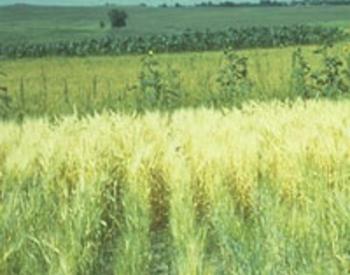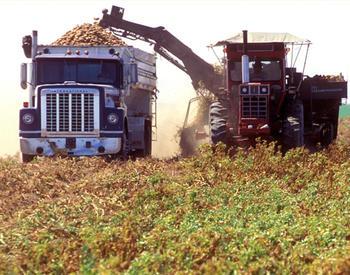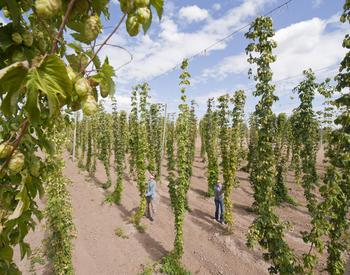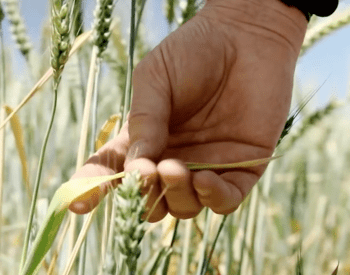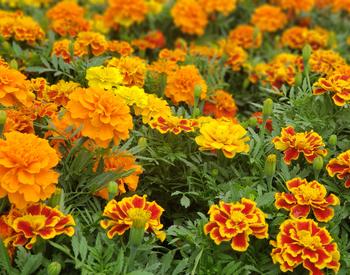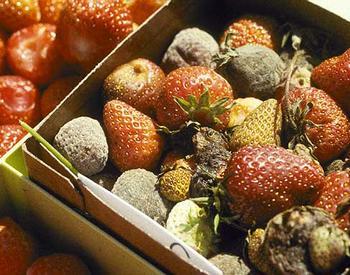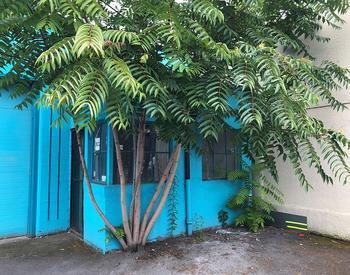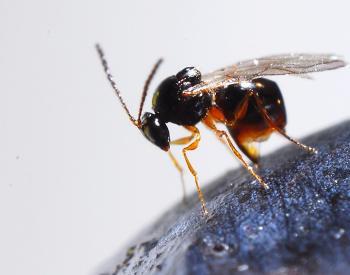Transcript
Hello, my name is Steve Van Vleet with Washington State
University.
I'm the regional extension specialist in agriculture
and natural resources.
Today, what I want to talk to you
is about using a plant press to identify a different plant
or weed species.
Collecting Plants
When you go out and collect a plant to be identified,
it would be best if the sample comes back
where it has its roots, its leaves, its seeds,
and its flowers if all possible.
If you have a weed species that you need to identify
or some plant, you want to make sure that that plant is fresh.
So collect it, keep it in a plastic bag,
or put it in the refrigerator so it doesn't desiccate or mold.
Pressing Plants
Now, lets talk about how to press plants.
This is a commercial plant press.
This plant press costs quite a bit.
But you can also make a much simpler version yourself
at a very, very low cost.
Materials
The first component is a slatted piece of wood.
This slatted piece of wood is for air circulation
to help dry out the sample.
The next portion is cardboard.
And the cardboard is used to take out some
of the moisture of the plant.
I like to put two pieces of cardboard
down on the slatted piece of wood.
Then, you have what's called blotter paper.
Blotter paper is to take most of the moisture out of the sample
itself.
Then, you'll use a piece of newspaper.
A piece of newspaper will be where
you put your plant sample.
So on the weed sample that we obtained,
we'll put that in the center of the press
so that we get the most compaction nice
evenly pressed of that plant.
We want to make sure some of the leaves are up and some of them
are down.
We do want to make notations of what characteristics
we see of this plant.
So such as we have yellow flowers,
we have alternate leaves.
We also need to know where we collected it, what location we
collected it, and what date we collected it.
This can give us an idea of the habitat where that plant
specimen is likely to occur.
Folding
So once we have that on our paper
and some of the labels about it, we then fold over our newspaper
with our plant in the center, we put on another piece
of blotter paper.
And we put on another piece of cardboard.
And so forth, and go on and on with more specimens of plants,
if we have more specimens.
I had some other plants additionally,
that I was able to press at an earlier time.
So I can include them on here.
On the top, I like to have a couple pieces of cardboard.
And of course, you have the top slatted piece of wood.
Then you have your completed plant press.
Drying
You then want to strap the straps around
that so you can keep that secured to dry out the plant.
And the reason we do this is so we're getting
the moisture out of the plant.
And we may have to actually come back in two, three days, maybe
even a week if it's a large specimen,
and tighten down the straps to dry it out.
And that is your completed plant press.
In about a week or so forth, you can check on that.
The plant should be dry, ready to mount on herbarium paper
so that we can get it identified.
Preserving plant specimens is the best way to identify plants by their characteristics at a later period of time. It is always best (if possible) to collect the entire plant specimen at peak production, so you have included the roots, flowers and potentially the seeds of the plant.
Catalog - EM 9121







